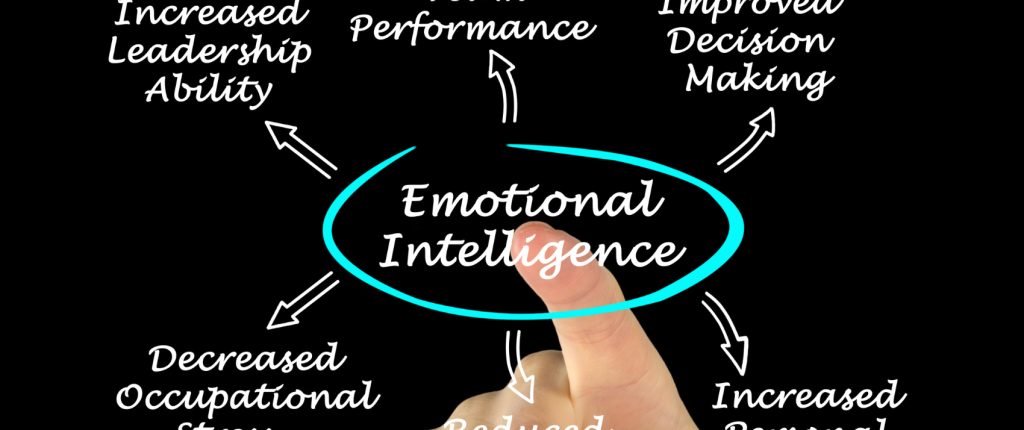We continue with our conversation about the five domains of Lead 3.0. This week we will discuss the leadership implications of connectivity.
Our new world requires each of us to engage digitally with our team members and our clients. We must be able to build trust and human connection when we can’t see people face to face. The people with whom we engage want a tech-enabled experience, but they also want the human touch. To do this we have to think of ourselves as digital persons. We must connect with our teams and clients on social and other media and do so in a way that is not intrusive. We must share digital content that is useful to the individual rather than a generic blast-to-all. Lead 3.0 will require leaders to embrace a digital persona.
 The Context
The Context
Digital technologies have found their way into virtually all areas of organisations and have changed the working conditions of employees and managers. The fundamentals of leadership have not changed, but executives are facing digitalisation-related challenges, and this means that different skills and traits become more relevant.
The pace of change has increased, and leaders must deal with much more information as well as more complex and multifaceted tasks. Technology, accelerated by the COVID-19 pandemic, has brought new forms of work and communication. Therefore, leaders must stay informed about new software so they can assess and implement new tools with their teams.
The Regenesys research team has found that this requires greater flexibility and adaptability, communication skills, digital literacy, and the ability to organise both physical and virtual working environments. This brings the difficulty of integrating these innovations into existing workflow and organisational structures.
Adaptable skills
In the world of Lead 3.0, communication skills are crucial since modern technologies enable the immediate exchange of information via various channels and at any given time. This new world requires an adequate, context-specific selection of communication channels, an adaption of the communication to the respective channel, a suitable selection of the addressees, and appropriate timing. If one of these components is wrong, misunderstandings and conflicts may arise and they might not be immediately apparent, as there is no face-to-face contact, where body language can be read. Another important focus is the organisation, which is characterised not only by integrating new digital tools into existing workflows, but also involves managing virtual teams and structuring new processes in both physical and virtual workspaces. Patience is a requirement for long-term success in this fast-paced work environment. Patience includes the ability to sit back and reflect and make connections despite a heavy workload.
The Regenesys research team has found that Lead 3.0 leaders require communication skills, subject-specific knowledge, self-organisation skills, and self-reflection skills to cope with rapid technology-driven change. In addition, emotional intelligence and open-mindedness towards new ways and methods are important attributes. Leaders must be able to motivate employees to implement changes and innovations. At the base level, leaders need to be able to have IT skills and be flexible, motivated, and stress-tolerant.
Leaders who depend on face-to-face interaction, charisma, and other facets of face-to-face relationship building are going to have to adapt. Our research suggests that online time enhances and leverages face-to-face skills and abilities. Such interaction effects have been established in the literature on virtual teams and leadership.
The nuances of leading
Learning to lead online is a key requirement for the future of leadership. Even if we prefer face-to-face interactions, leaders of the future must be able to develop a sense of closeness with others, whether they be down the passage or on the other side of the world.
The folk at Dananda Talent, the recruitment arm of Regenesys, frequently tell us the cliché that people don’t leave their jobs, they leave their managers. This is the reality in which we live today. The world of work has changed around us, and employees now behave like consumers — they shop around. Our employees just won’t accept poor quality leadership anymore. All of us, and our employees, want more from our work and if we aren’t happy, we will move on.
Conversations
Leadership in any context is about having conversations with people – our teams, our clients, and other stakeholders. The Regenesys Lead 3.0 research process has uncovered four distinct conversation types which every leader should have with their teams.
Work instructions
These are the most common conversations. We give someone an instruction, tell them what must be done and then we follow up later. Most managers have little difficulty in this type of conversation.
Support
This is a more general, check-in conversation. Here the leader is not asking for a demonstration of achievement but is offering support and encouragement. This is especially helpful when helping a team member in a new role. This is best done one-on-one.
Big picture
Big picture conservations give the team a broader context of the work they are doing. This type of conversation integrates how the different parts of the business interact and it involves the prospect of an exciting future. Big picture conversations give team members the broader situation so that they can take aligned action when working independently.
Relationship
Finally, there are relationship conversations. The purpose here is to develop a personal relationship and is not the place to discuss performance. This is especially important in a digital online working environment. Here the leader and the team member build the personal relationship so that there is a higher level of trust which they will both draw on when in the future they work through uncomfortable situations.
In conclusion, the gig economy encourages all of us to adapt and to embrace a range of roles and experiences and become a new kind of leader — one who can meet our career needs and one for whom we build loyalty and trust.
We need ‘connected’ leaders for the world of Lead 3.0.
Read also:







